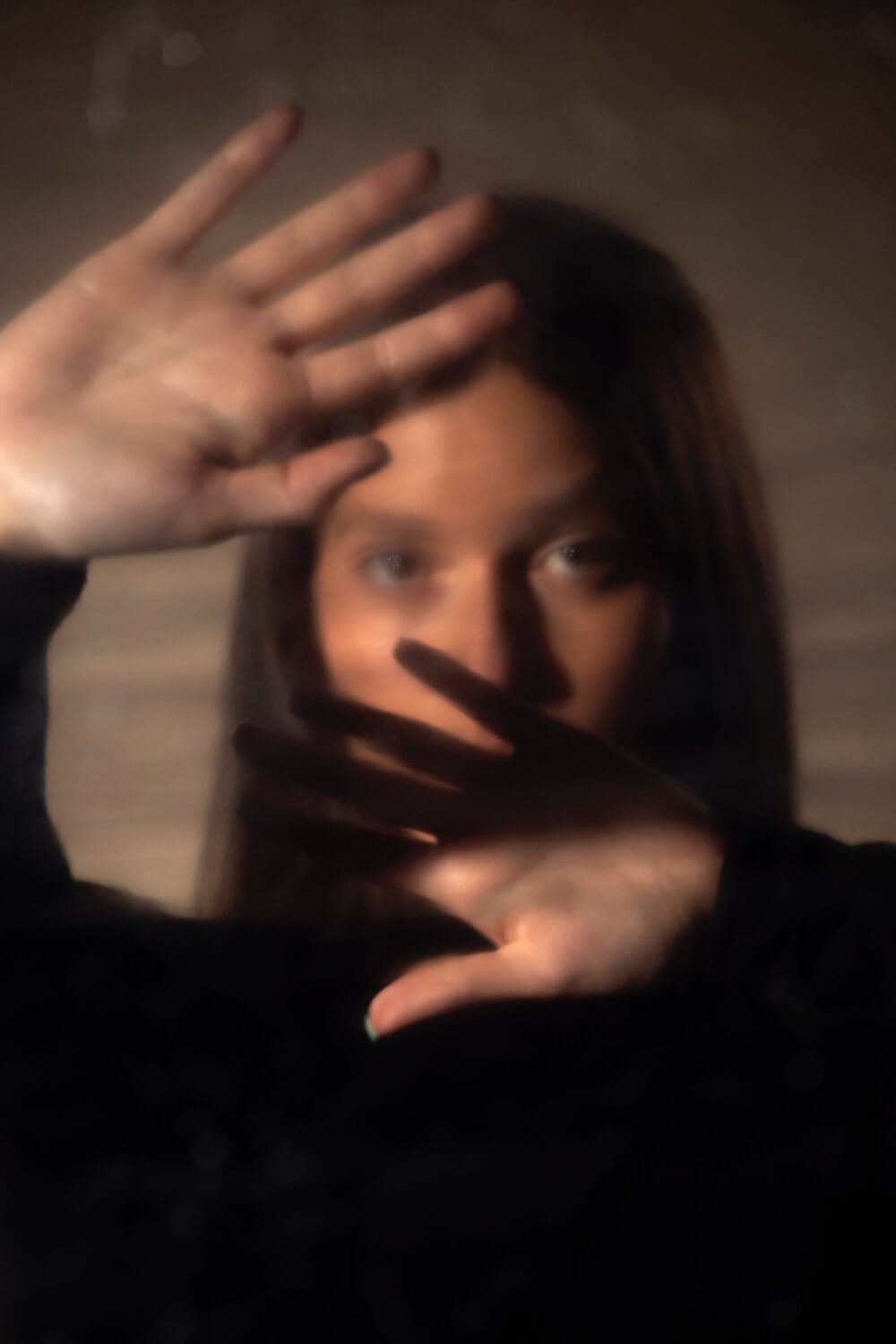How schools weaponise ableism through gendered care expectations.
Harm amplified by systemic ableism
The principal once told me, almost as an aside, that the children “don’t see autism, they see meanness.” It was meant as an explanation, but to me it landed as an indictment of a school culture—to let that ableist misunderstanding stand unchallenged.
This comment revealed the institution’s fundamental failure to recognise disability as a form of human diversity deserving of accommodation, not correction. If the children saw meanness where there was neurological difference, then the solution was obvious: comprehensive disability education that centres autistic voices and experiences. Instead, the comment hung in the air, a passive observation that normalised ableism.
My child’s neurological differences were recast as moral failings—the systemic expectation that all bodies and minds conform to narrow neurotypical standards. The gap between what was true and what was believed grew wider with every uncorrected assumption, each one reinforcing the school’s investment in maintaining ableist hierarchies rather than dismantling them.
“Research shows that students with disabilities also face numerous barriers that impede full participation in school activities.” BC Human Rights
-
The moral cost of leaving children in fight-or-flight
Robin was eleven the day he fell and came up swinging. It was recess, and something had happened—a misstep, a bump, a collision on uneven ground. His body hit the pavement. And when he rose, disoriented and humiliated, the first thing in his…
The gendered burden of institutional failure
Each time the school circled back with another incident, the unspoken expectation was that I, as his mother, would fill the gaps left by their deliberate refusal to create accessible environments. This expectation draws directly from patriarchal assumptions about women’s “natural” capacity for endless, unpaid care work.
I was asked to source more therapy, more community services, more professional opinions, as though the absence of safety in the schoolyard could be solved through my individual maternal labour rather than systemic change. Trust me if I could’ve solved the problems on the playground through love or mortgaging my nervous system, I would have!
The feminisation of this crisis response is no accident—it reflects how patriarchal systems consistently download the costs of institutional failure onto women’s unpaid labour. I juggled calls to occupational therapists, behaviour consultants, paediatricians, and mental health intake lines while still recovering my own breath from the last crisis, performing the emotional labour that kept both my child and the system’s failures from completely unraveling.
The school could convene meetings when convenient for their schedules, and I would madly reschedule my professional obligations to be present. They would say a few lip-service remarks, event a new task for me to abdicate institutional responsibility, robbing from time I had to parent my children, or literally even eat or go to the bathroom. And then relentless work of holding my child steady—through sleepless nights, playground betrayals, and classroom transitions that should have been managed institutionally—landed on our family.
I remember praying after I dropped my kids off, that they would be safe today. And often getting the call midday that my son had had an unexpected big reaction.
-
The unseen wounds of advocacy: caregiver burnout, moral injury, and embodied grief
Caregiver burnout in BC schools reflects moral injury and systemic betrayal, as mothers fight exclusion and harm while advocating for disabled children.
Cycles of support and systemic abandonment
Support came in waves, each one designed to fail through deliberate under-resourcing and planned extinction.
In moments of visible crisis that threatened the school’s reputation, minimal accommodations would be assembled: an engaged support worker at recess, structured play, token adult presence. Then, as soon as these band-aid strategies began to mask the deeper problems, the supports would be withdrawn under the neoliberal logic that progress meant my child no longer “deserved” accommodation.
This reflects disability justice principles turned inside out—instead of viewing accessibility as a human right, supports were treated as temporary charity contingent on compliance with ableist expectations.
These cycles were not accidental but structurally embedded, designed to exhaust families into accepting inadequate provision while protecting the institution from meaningful change. Each collapse erased the gains made and taught my child that his safety and inclusion were privileges to be earned through neurotypical performance, not rights to be guaranteed through systemic accommodation.
Scapegoating as ableist violence
The only evidence-based conclusion that could have been drawn from his experiences was that my child needed consistent relational care—ongoing adult presence skilled in trauma-informed disability support who could help him navigate the social complexities created by ableist environments.
Instead, the conclusion reached positioned him as inherently defective, erratic, and beyond the scope of what the school was willing to provide. This represents what disability justice advocates recognise as eliminatory ableism—the systematic removal of disabled people from spaces rather than the removal of barriers that exclude them.
This quiet calculus of scapegoating operates through what feminist scholar Sara Ahmed calls “willful subjects”—when the investment required to accommodate disability is deemed too high, disabled children are recast as wilfully disruptive rather than systematically unsupported.
In this reframing, his reasonable responses to hostile environments became both the justification for withholding accessibility and the evidence that he was uneducable. This closed loop protected the institution’s ableist foundations while positioning my child as the problem requiring elimination rather than the victim requiring justice.
-
Epistemic silencing of disabled children’s primary caregivers
Epistemic silencing in BC schools discredits mothers’ knowledge, reframes advocacy as aggression, and erases disabled children’s pain, leaving families punished for truth.
The violence of individualised harm
When incidents were discussed, they were deliberately fragmented into discrete events—isolated, decontextualised, and stripped of their cumulative impact. This reflects what disability scholars call the medical model’s atomisation of harm, where systemic oppression is reframed as individual pathology.
“Systemic discrimination can be defined as patterns of behaviour, policies or practices that create and maintain the power of certain groups over others or reinforce the disadvantage of certain groups.” BC Human Rights
What remained strategically invisible to school leadership was the compounding nature of ableist violence: how each shove, taunt, or unsafe interaction built upon existing trauma while being dismissed as separate incidents requiring only superficial intervention.
School administrators found it easier to pathologise “behaviour” than to acknowledge how the daily architecture of exclusion and misunderstanding was systematically destroying my child’s capacity for trust and regulation. Their refusal to name ableism as structural violence allowed them to reset accountability after each meeting, treating trauma as erasable through administrative amnesia rather than addressable through transformative justice.
The costs of patriarchal ableism
Over time, the relentless pace of my advocacy became both a measure of systemic violence and evidence of gendered expectations around maternal responsibility for disabled children’s survival.
I provided detailed documentation, coordinated with external professionals, escalated to district leadership, and still the fundamental commitment to ableism remained unchanged.
Promises of meaningful consultation became months-long delays designed to exhaust my capacity for resistance. Opportunities for specialised disability expertise were dismissed in favour of generic “inclusion” workshops that centred neurotypical comfort over autistic liberation.
The harm of this institutional inertia cannot be measured only in missed educational opportunities or documented incidents—it lives in the intergenerational trauma of learning that disabled lives are expendable, that mother’s advocacy is simultaneously essential and ultimately powerless against systems designed to exclude us.
My child absorbed not just the daily violence of ableist schooling, but the deeper lesson that those with power to create change will choose complicity with oppression over the work of justice. The cost was borne in his narrowing trust, my depleted reserves, and our family’s growing understanding that inclusion under ableism is always conditional, always precarious, and always insufficient.










